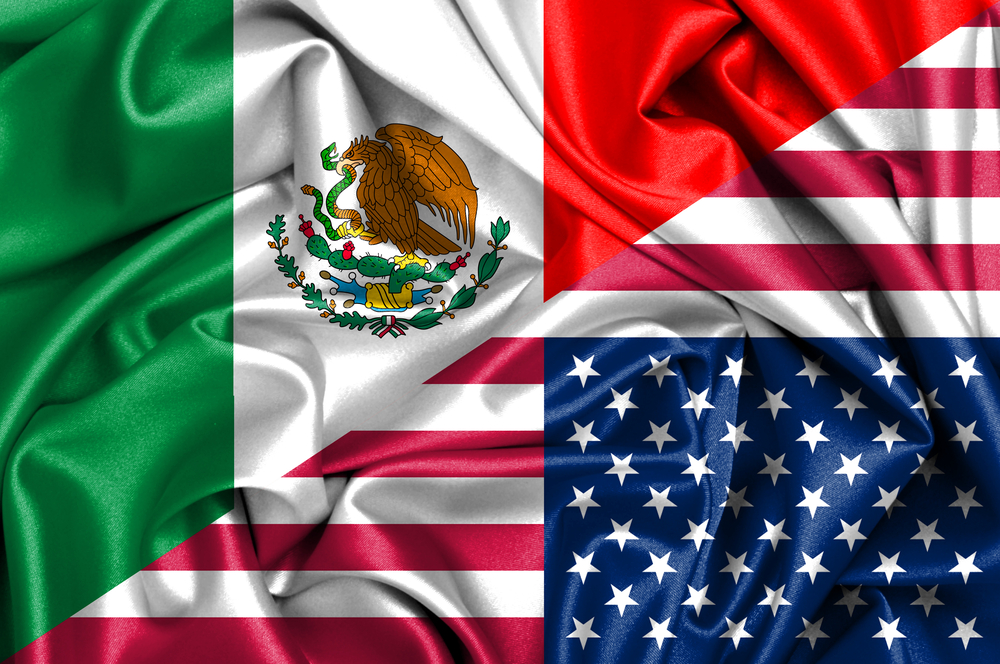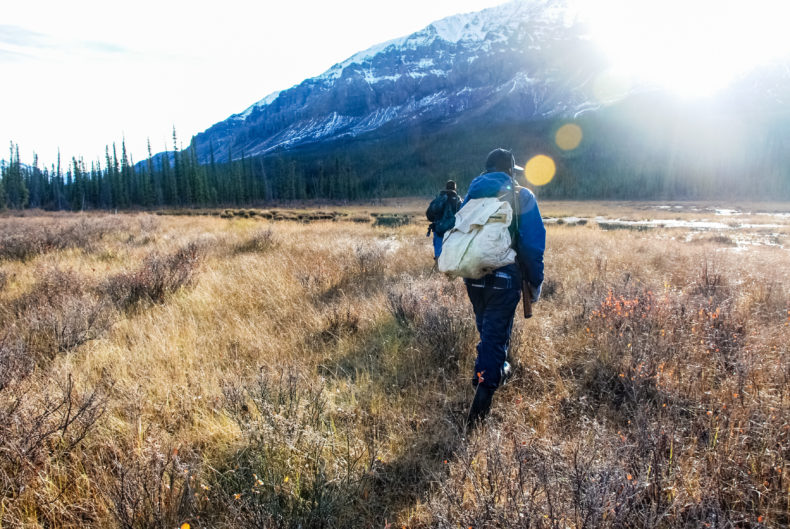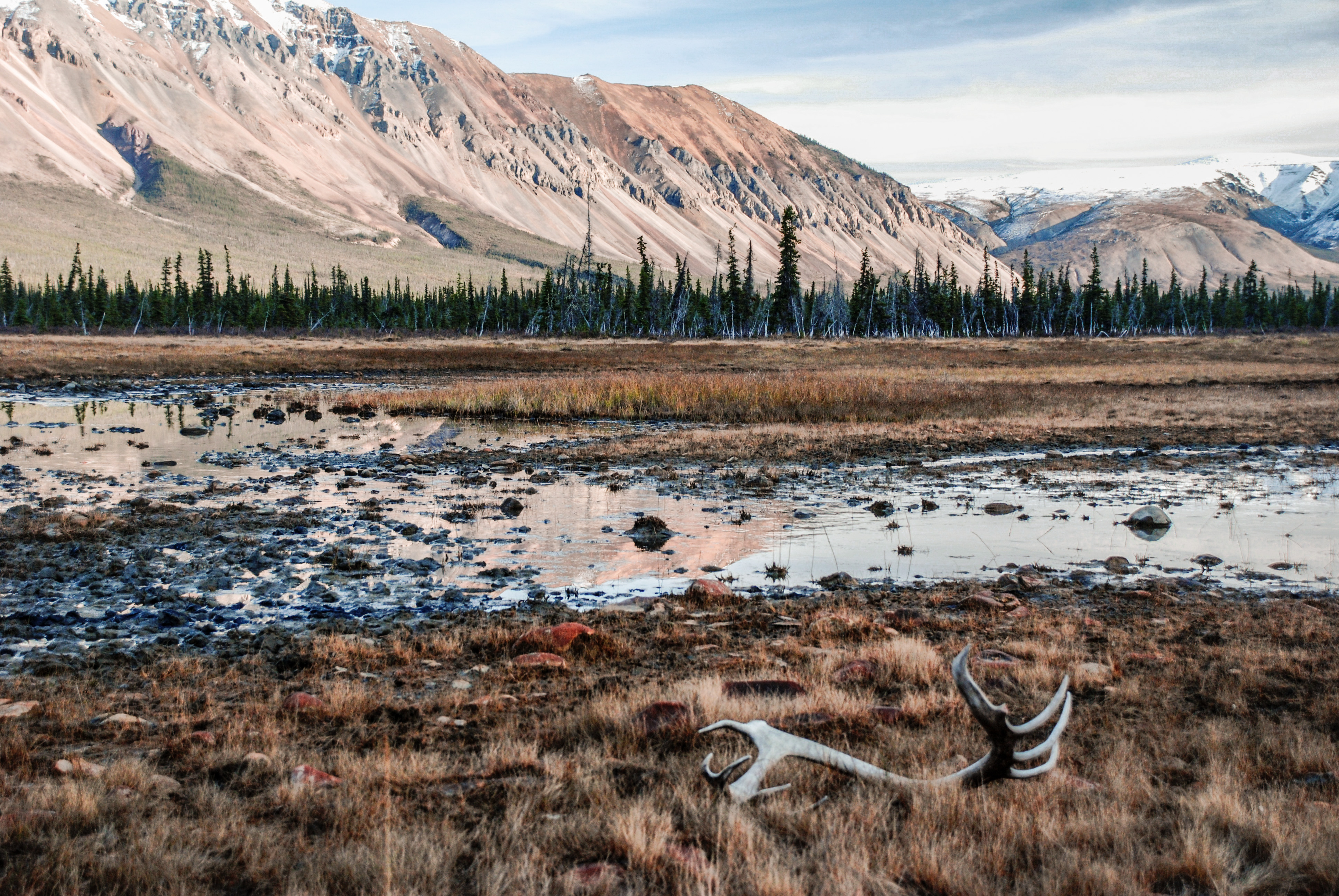This post first ran on July 16, 2015, but it’s good advice for any summer day.
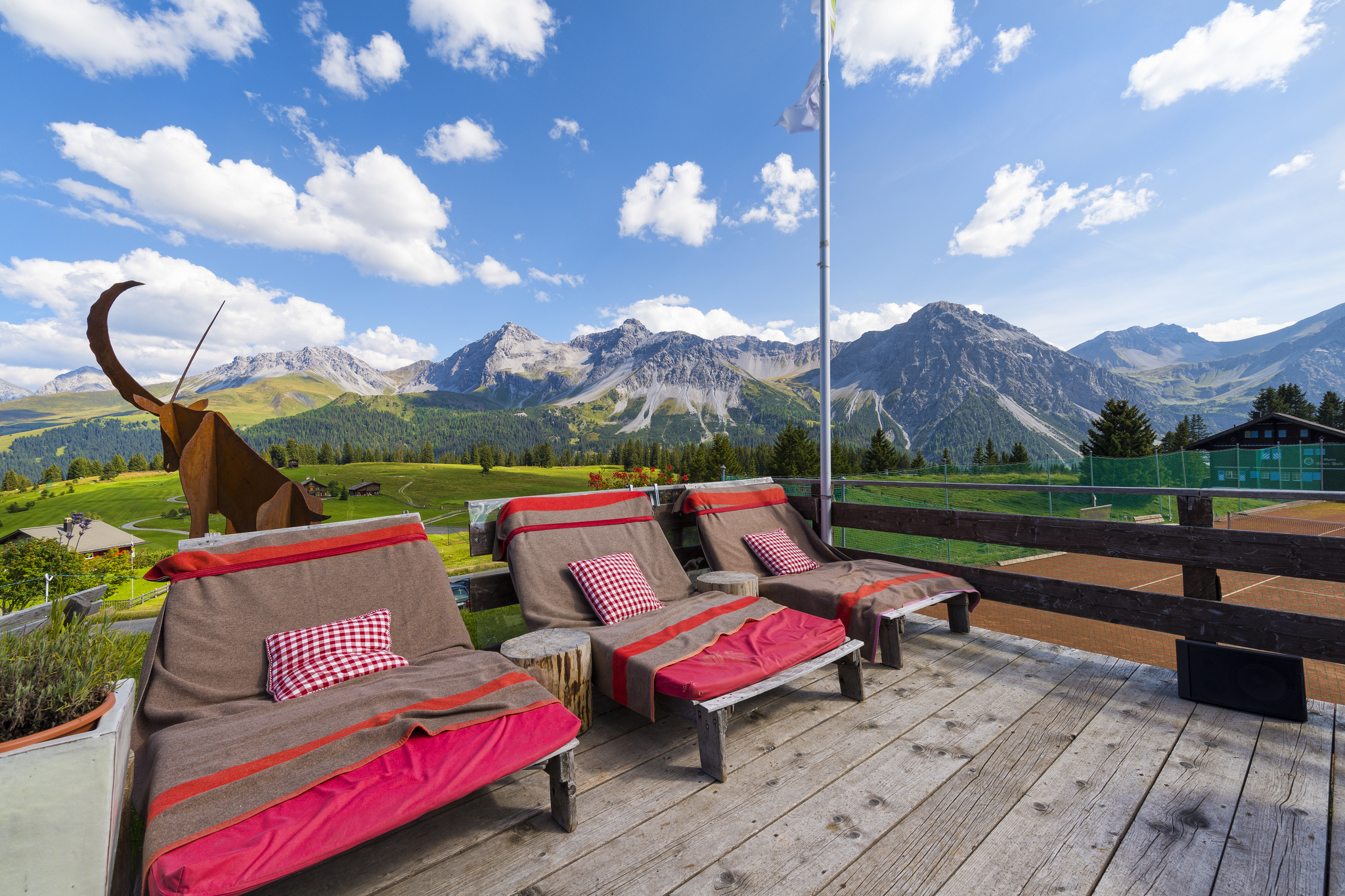
It’s summer, and I’ve been thinking of what poet Billy Collins called those, “forlorn chairs/though at one time it must have seemed/a good place to stop and do nothing for a while.” Even situated, as they usually are, to take in the view, it’s hard for those chairs to compete with the attention-grabbing distractions found on our glowing screens.
If you’re not careful, you can spend hours looking at moving pictures and not reading things on your magical device. You start on a favorite news site, clicking through the headlines. Maybe you even open a story or two and read a couple of paragraphs. Then you leave those open tabs to visit a social media site, which sends you on another long string of click and skim. And these on-screen attractions are merely a distraction from your work and there are also the chores of daily life, and before you know it, the day is done and the chairs have sat empty once again.
If ever there’s a season to occupy those lonely chairs, this is it, and here at our farm, my husband and I (and our near-constant stream of summer visitors) are doing our part. Compared to all the shiny things beckoning from our screens, sitting on our front porch and watching the sun move across the sky might seem a little boring. Sure, we’ve got spectacular views of jagged mountains and deep canyons. But sunsets unfold slowly, and sitting still and paying attention requires a kind of patience that’s rarely called upon in the digital age. Which is why it feels so important to practice the art of just being — savoring the moment, for its ephemeral quality.
A few weeks ago, I went mountain biking with a friend along a high ridge near Aspen. Near the end of the ride, just before we dropped back down into the valley, we paused to take in the view. My friend pointed to some massive houses perched along the hillside below us. “I did landscaping work at some of those mansions one summer,” he told me. Continue reading →
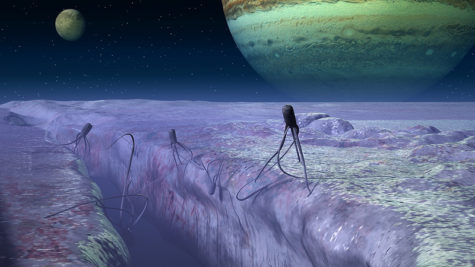
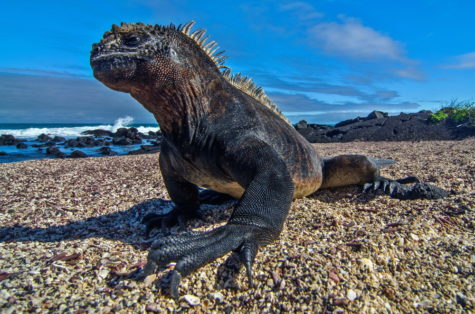
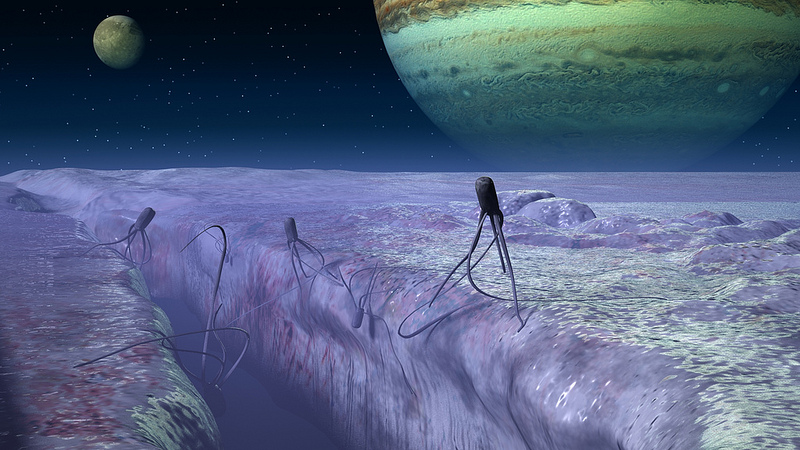
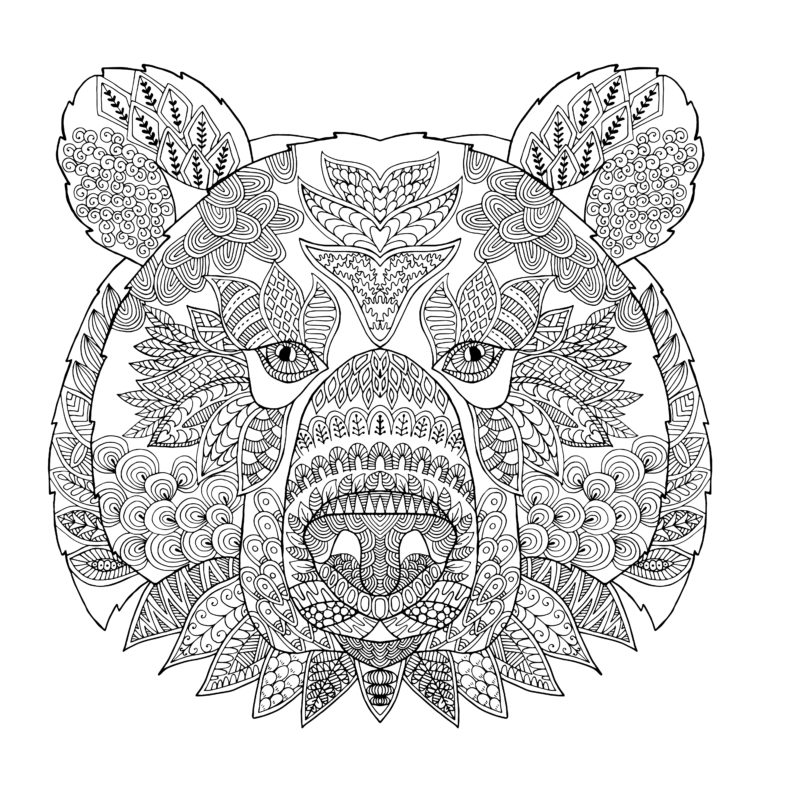 In the part of your mind that is still animal, still wild, you remember fight or flight; the possibility of paws holding you down, and the hinge of jaws upon you. The thought no longer goes through our minds the way it must have long ago. Sometimes, though, the memory returns.
In the part of your mind that is still animal, still wild, you remember fight or flight; the possibility of paws holding you down, and the hinge of jaws upon you. The thought no longer goes through our minds the way it must have long ago. Sometimes, though, the memory returns.